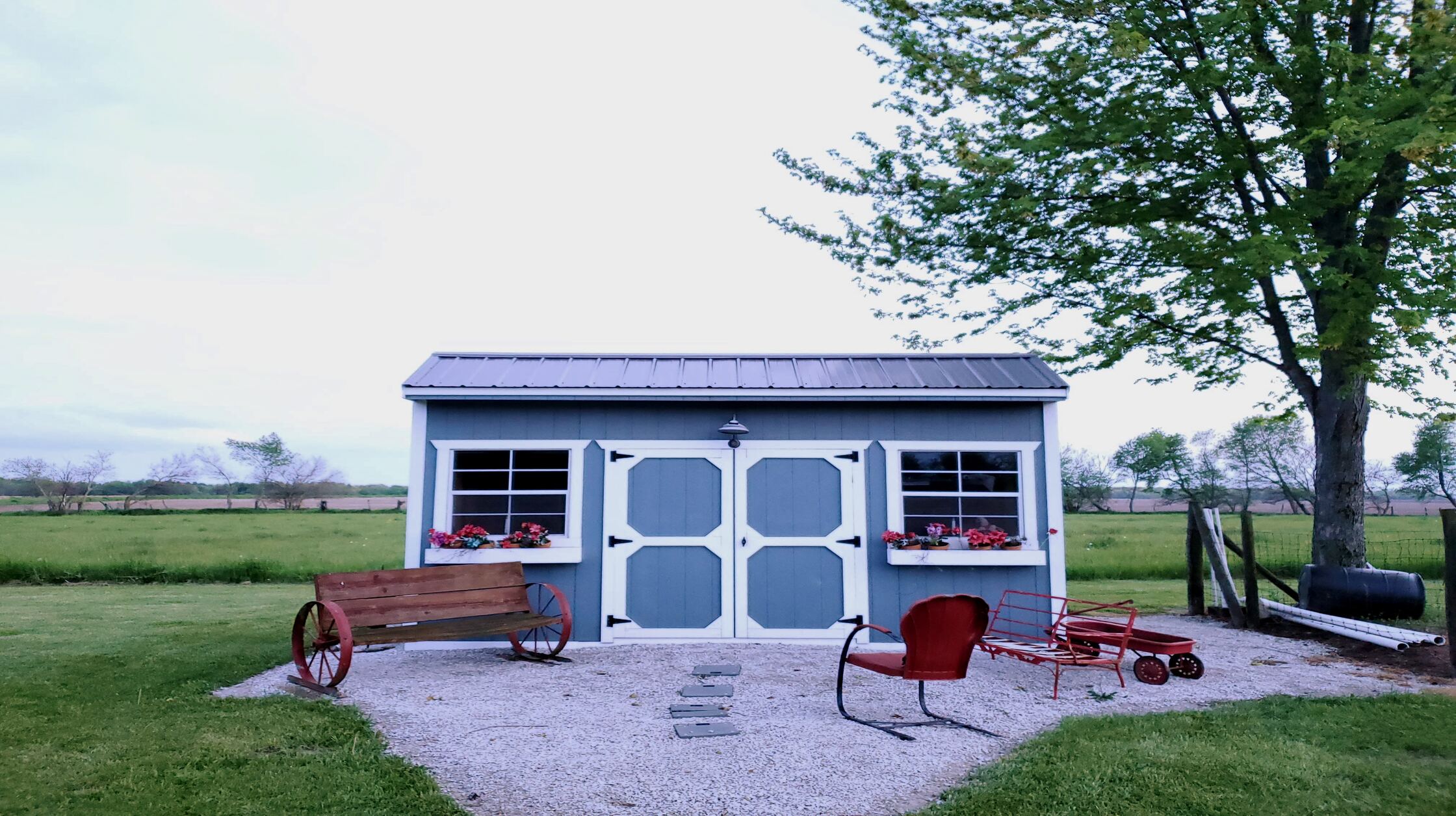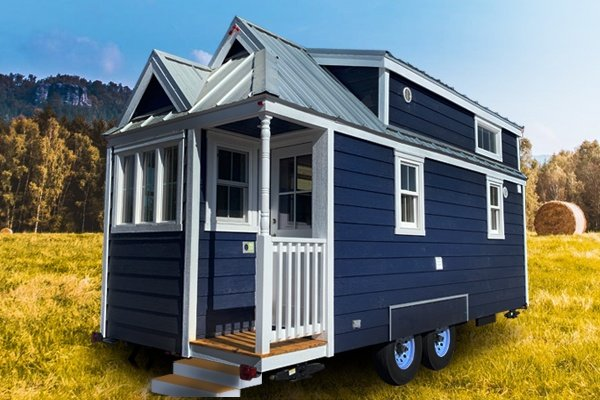
Tiny houses have been around for centuries, with examples dating back to the early days of the American colonies. These small dwellings were often built by settlers who needed a place to live quickly and cheaply, and they were typically made from local materials such as logs or adobe.
In recent years, however, the tiny house movement has gained momentum as people seek out simpler, more sustainable lifestyles. Today, tiny houses can be found all over the world, from rural communities to urban centers.
The Benefits of Minimalist Living
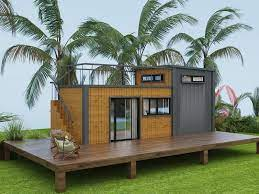
Living in a tiny house requires a certain level of minimalism, which can have numerous benefits for individuals and families. By simplifying their lives and possessions, people can reduce their environmental impact, save money on housing and utilities, and focus on what truly matters in life.
Minimalist living can also lead to greater freedom and flexibility, as tiny houses can be moved from place to place. This allows people to explore new areas, connect with nature, and experience different cultures without being tied down to a specific location.
Designing and Building a Tiny House
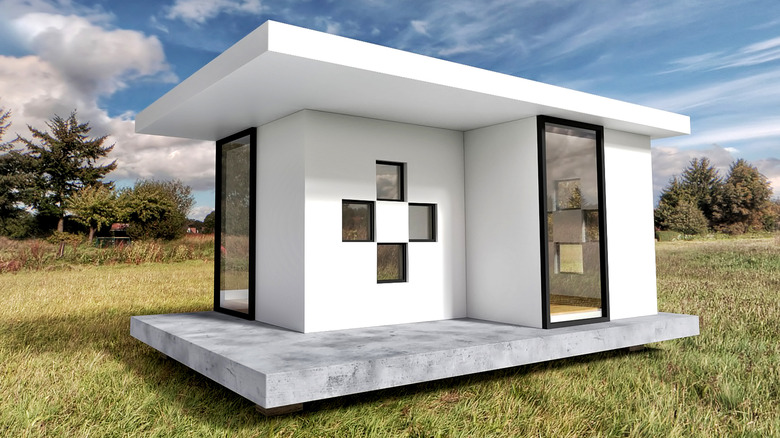
Designing and building a tiny house requires careful planning and attention to detail. Every inch of space must be utilized efficiently, and the home must be designed to meet the unique needs and preferences of its occupants.
There are many different approaches to building a tiny house, from DIY projects to hiring professional builders. Regardless of the approach, it is important to prioritize safety, durability, and sustainability in the construction process.
Living in a Tiny House Community

For many people, living in a tiny house community is an ideal way to experience the benefits of minimalist living while also building connections with like-minded individuals. Tiny house communities can take many forms, from intentional communities to RV parks and campgrounds.
In addition to providing a sense of community and support, living in a tiny house community can also offer access to shared resources such as gardens, kitchens, and laundry facilities. This can help reduce the environmental impact of individual homes while also promoting social and economic sustainability.
Challenges and Considerations for Tiny House Living

While there are many benefits to tiny house living, there are also some challenges and considerations to keep in mind. For example, zoning laws and building codes can vary widely depending on location, which can make it difficult to find a legal place to park or build a tiny house.
Additionally, living in a small space can require significant lifestyle adjustments and compromises. It is important to carefully consider your needs and priorities before making the decision to downsize to a tiny house.
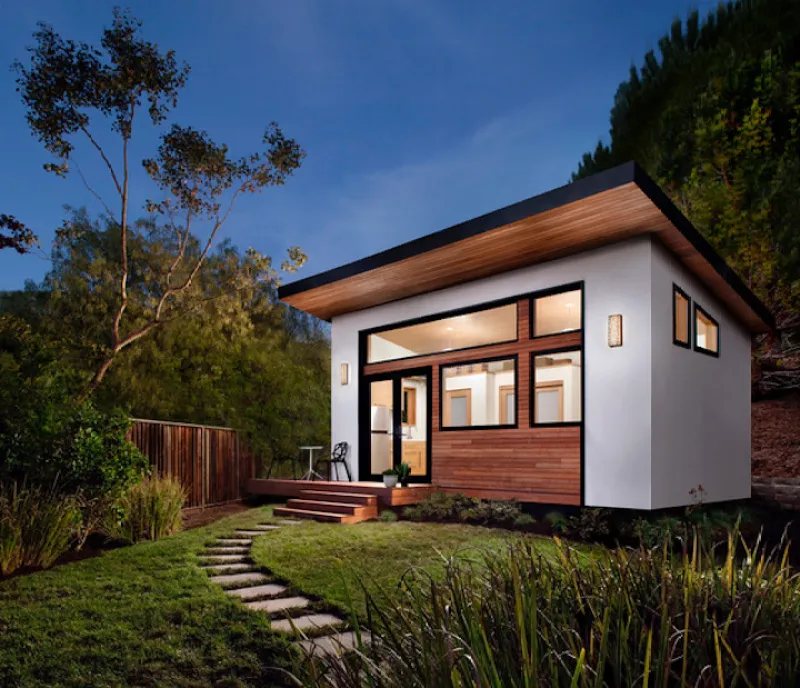
The Future of Tiny Houses
As the world continues to grapple with issues such as climate change, economic inequality, and housing affordability, the tiny house movement is likely to continue growing in popularity. Many people are drawn to the simplicity, sustainability, and community-oriented aspects of tiny house living.
In the coming years, we can expect to see more innovative designs and building techniques, as well as increased acceptance and support from policymakers and communities. Ultimately, the future of tiny houses is bright, and this growing movement has the potential to transform the way we think about housing and community.




